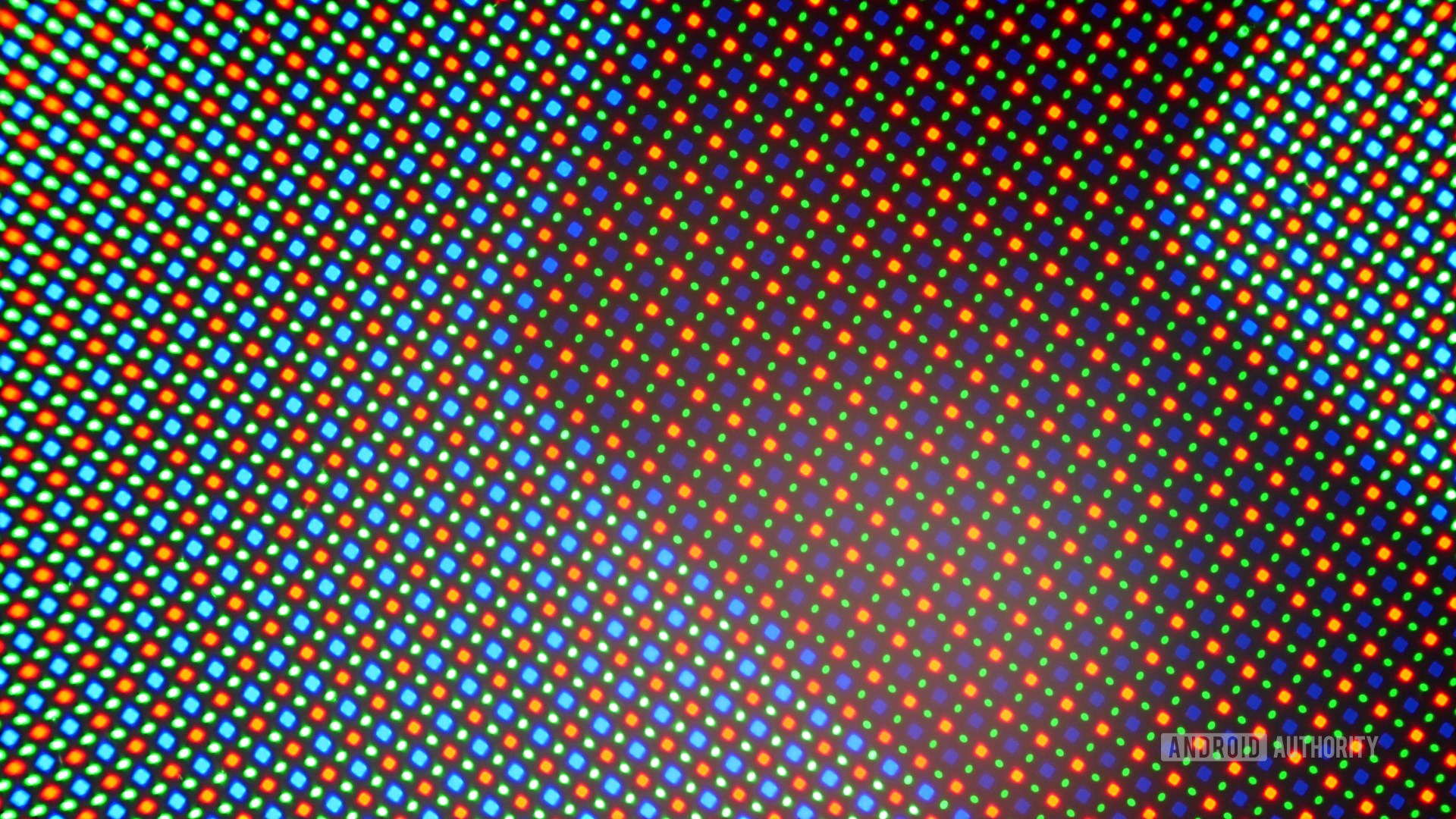Affiliate links on Android Authority may earn us a commission. Learn more.
Samsung has developed an OLED skin patch that works as a fitness tracker
June 7, 2021

- Samsung has developed a stretchable OLED skin display that works like a fitness tracker.
- The company plans to commercialize the tech at some point in the future.
How cool would it be to wear just a thin OLED patch on your wrist instead of bulky smartwatches for fitness tracking? Straight out of a sci-fi movie, Samsung has announced its next big breakthrough in flexible display technology — “stretchable electronic skin.”
Researchers at the Samsung Advanced Institute of Technology (SAIT) have developed a stretchable OLED display that can attach to the wrist to offer fitness tracking information to users. It’s integrated a PPG heart rate sensor, creating what Samsung calls the “stretchable electronic skin form factor.”
SAIT researchers tested the device by attaching it to the inner wrist near the radial artery. Doing this allowed them to confirm that the movement of the wrist did not deteriorate the display.
During the test, the stretchable OLED remained reliable with skin elongation of up to 30%. The test also confirmed that the sensor and OLED contraption can continue to work stably even after 1,000 stretches.
How did Samsung make the OLED skin display?
The SAIT team modified the composition and structure of elastomer, a polymer compound with high elasticity and resilience, and used existing semiconductor manufacturing processes to apply it to the substrates of stretchable OLED displays and optical blood-flow sensors. Samsung claims this is a first for the industry.
Will Samsung commercialize this OLED skin display?
According to Samsung, the patch feels like a part of the skin. It can be used to measure biometric data while sleeping or exercising. You can also check your fitness data right on the OLED screen without the need to connect to an external device.
“The technology can also be expanded to use in wearable healthcare products for adults, children, and infants, as well as patients with certain diseases,” explained principal researcher Youngjun Yun.
The stretchable sensor also makes continuous heart rate measurement possible with a high degree of sensitivity compared to existing fixed wearable sensors.
However, Samsung’s research is still in the early stages. The researchers say that they aim to commercialize the tech by increasing system resolution, stretchability, and measurement accuracy to a level that makes mass production possible.
Thank you for being part of our community. Read our Comment Policy before posting.
